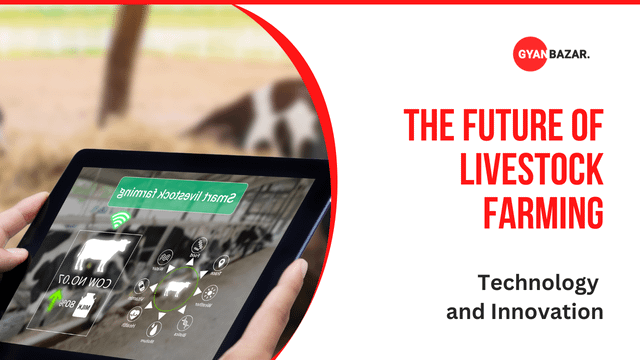As the world’s population continues to grow, there is a rising demand for animal protein, milk, and eggs. The United Nations predicts that the world population will reach 9.7 billion by 2050, which means that livestock farming will have to increase production by 70% to meet the growing demand for animal products. However, traditional livestock farming practices are unsustainable and can have negative effects on the environment and animal welfare. To address these challenges, the livestock industry is turning to technology and innovation to make farming more sustainable and efficient. In this article, we’ll explore some of the ways technology is transforming the future of livestock farming.
Precision Livestock Farming
Precision Livestock Farming (PLF) is an emerging field that uses technology to monitor and manage livestock health, welfare, and productivity. With the use of sensors, cameras, and other technologies, farmers can track individual animals’ behavior, health, and performance in real-time. This allows farmers to identify potential health problems, such as diseases or stress, before they become severe, and improve animal welfare. PLF can also help farmers optimize feed, water, and other resources, reducing the environmental impact of livestock farming.
Smart Farming and Automation
Smart farming and automation are also transforming the livestock industry. Robotics, drones, and autonomous vehicles are being used to automate tasks such as feeding, cleaning, and monitoring. Automated systems can reduce labor costs and improve efficiency. For example, automated feeding systems can deliver food more accurately and consistently, reducing food waste and improving animal health.
Genetic Technologies
Genetic technologies are another area of innovation in livestock farming. With genetic engineering, farmers can breed animals that are resistant to diseases, have improved growth rates, and are more productive. In addition, gene editing technologies, such as CRISPR, can be used to create desirable traits in livestock. These technologies can help reduce the need for antibiotics and other medications, improving animal welfare and reducing environmental pollution.
Alternative Protein Sources
The demand for meat and dairy alternatives is increasing as consumers become more concerned about the environmental impact of traditional livestock farming. To meet this demand, the livestock industry is exploring alternative protein sources, such as plant-based and cell-based meat. Plant-based meat is made from plant proteins, and cell-based meat is produced in a lab from animal cells. These alternative protein sources have a lower environmental impact and can be produced more sustainably than traditional animal products.
Conclusion
Technology and innovation are transforming the future of livestock farming. Precision Livestock Farming, Smart Farming, Automation, Genetic Technologies, and Alternative Protein Sources are just a few examples of how technology makes livestock farming more sustainable and efficient. As the world’s population grows, the demand for animal products will continue to increase. The livestock industry must continue to innovate to meet this demand while minimizing the environmental impact and improving animal welfare.

